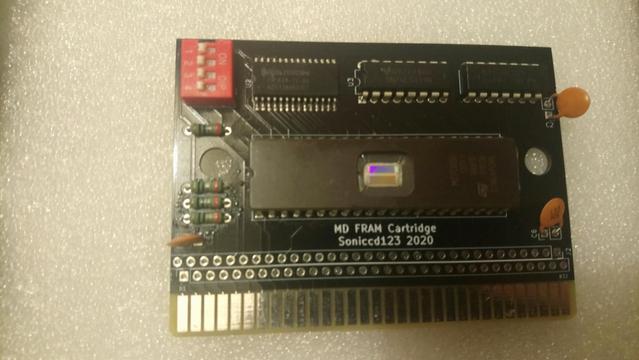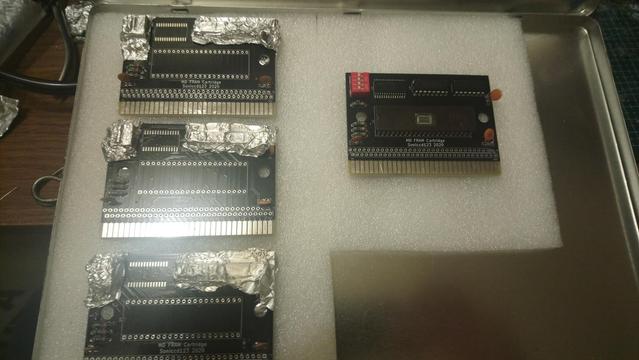This week, we spoke about books, alternate podcast ideas, electronics, statistics and journaling.
Join us here: https://embedded.fm/episodes/507
Here's an excerpt from the show:
#NewPodcastAlert #TechPodcast #EmbeddedSystems
#IoT #ElectronicsDesign #HardwareEngineering #Microcontrollers
#CircuitDesign #STEMEducation #ContinuousLearning #ProfessionalDevelopment
#EngineeringLeadership #ProductDesign




